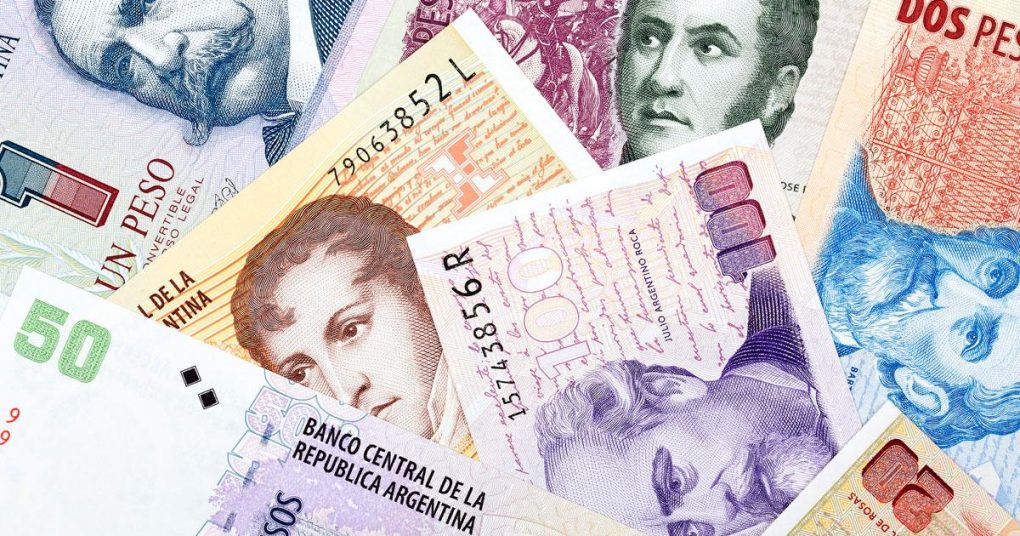
Many emerging and developed market currencies have cheapened considerably relative to the United States dollar in 2021 in spite of the Federal Reserve’s aggressive financial policy. Furthermore, emerging economies that have gained from increasing product rates have also seen their currencies damage regardless of strong exports. As such, inflation in establishing economies is much higher than the currently elevated figures posted in the United States and the eurozone.
The main factor behind this is a global currency debasement problem that is making people poorer.
Many central banks internationally are carrying out the very same expansionary policies of the European Central Bank and the Federal Reserve System however the results are disproportionately injuring the poor as inflation rises, particularly in vital items and services, while financial and financial imbalances are increasing.
Numerous emerging economies have actually carried out a very harmful policy of boosting twin deficits– fiscal and trade deficits– under the misdirected concept that it will accelerate growth. Now growth and recovery estimates are coming down but monetary imbalances remain.
For that reason, many currencies are falling relative to the United States dollar. The policies implemented by international central banks are as aggressive or even more so than those of the Federal Reserve but without the global demand that the United States dollar enjoys. If global nations with sovereign currencies continue to play this dangerous game, local and international demand for their currency will evaporate and dependence on the US dollar will rise. More significantly, if the Federal Reserve continues to put its global reserve status to the test, all fiat currencies may suffer a loss of confidence and a relocate to other options.
If the private sector does not accept this currency as a system of measure, a generalized means of payment, and a shop of worth backed by reserves and demand from the discussed private sector, the currency becomes useless and stops to be cash. Eventually, it becomes useless paper.
Examples of state currencies that are neither a store of worth nor a generally accepted means of payment are many. From the sucre in Ecuador, which disappeared, to the Argentine peso or the Venezuela bolivar, the examples in history are numerous.
In Cuba inflation is now approximated at 6,900 percent due to the lack of demand for an useless currency without any real demand or reserves to back it.
As soon as this sort of thing occurs, the state does not produce cash, it simply provides a method of payment– the currency– using the reliability of private sector demand to provide its promissory note. Like a financial obligation issuer who loses repayment credibility, the worth of this pledge fades if the currency does not have private support.
More notably, the worth of the currency and its usage is not chosen by the government. It is chosen by the last economic sector representative who accepts the pledge of payment because they presume that it will maintain its worth and its acceptance as a medium of payment.
As such, when a federal government produces many more of these significantly useless promissory notes, far outstripping the genuine regional and international need, the result is the exact same as a massive default. The government is just impoverishing the people, who are required to use the currency, and damaging the credibility of the value of the federal government’s promissory notes.
When a state develops a currency without real reserve support or demand, it damages money.
When the government problems currency– pledges of payment– that are neither a shop of worth nor a normally accepted methods of payment nor an unit of step, it not only does not produce cash, it damages it by sinking the acquiring power of the poor captive residents, who are required to accept its notes and little pieces of paper (government authorities, pensioners, and so on).
This is what we are seeing in lots of countries all over the world, an enormous income and savings slash created by federal government intervention on the monetary balance to its own advantage. Federal governments take advantage of inflation due to the fact that they pay their debt in a currency of reducing worth and they impose a cut to the price they spend for salaries and the services of the sectors that offer service to the provider of currency. Even in industrialized countries with reasonably stable currencies, inflation is a huge benefit for federal governments that gather greater earnings from the money-based taxes (wage, revenue, and sales taxes) … and a huge unfavorable for savers and real wages.
Some say that employees may benefit due to the fact that salaries will increase in tandem with inflation. This is merely inaccurate. Incomes, at best, may rise with the customer cost index, which is a really weak step of inflation and is a basket created by government bodies to lower real inflation in an average of combined products and services. Nevertheless, even if you think about the customer cost index, the huge majority of workers do not even see an increase in salaries that makes up for the index increase. That is why mean real wages are falling in the United States.
Those who state that the state can constantly “create money and invest it”– and only needs to create the money it needs to fund the public sector since it will be accepted by the remainder of the economic agents– need to be required to receive their wages in Argentine pesos and take pleasure in the experience.

